
Little Snitch works as a firewall that protects your computer against unwanted guests from the Internet. That makes it sound like an antivirus software. Programs of this kind have the ability to monitor and track what is going on your browser, providing you with an easier way to manage the items (e.g. toolbar and notification).
When your computer connects to the Internet, applications get permission to display ads somewhere you can see, part of them may contain dangerous traps, meaning if you recklessly click on those links, the vendors may obtain your account information. Therefore, people also use this application to prevent their private data from getting stolen.
Yet it is a pretty pickle when you need to remove Little Snitch for some reason. Questions are like “I dumped the main application into the Trash, but that annoying network monitor is still running in the background somehow, and I couldn’t figure out a way to uninstall it. Can someone please tell me how to remove Little Snitch?”
Well, if you are a former Windows user and currently using Mac, the post may serve what you need, because things would be quite different on this work station.
How to Remove Little Snitch – Specific Guide
Part One: Applications
1. Find the icon of Little Snitch. On Mac OS X, programs are stored in the Application folder on your hard drive. Depending on your settings, they could be single icons or boxes containing multiple ones. You can see its icon on the Desktop if you have dragged the application during installation, or moved it from the Application folder.

2. Drag the icon or folder to the Trash. Then you hear a silvery sound effect, like the program is being smashed, but in fact it won’t go away until you empty the Trash, so that if something is removed by mistake, you get to drag it out. If you are not the user who originally installed the application, you will need to provide an administrator’s name and password to proceed.
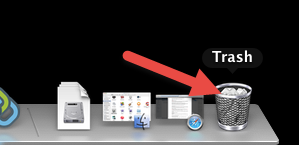
3. Empty the Trash. Do this if you have made up your mind. This will free up some space on your hard drive. But to completely remove Little Snitch, you shall go further.
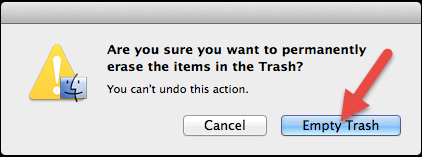
Part Two: Preferences and Application Support Files
1. Find the locations in Library folders to Check. On your hard drive, there are two locations named Library, where you can find programs’ preferences and supporting files. The following are specific locations inside the two Library folders, in which you can search for your targets (stated in the next step)to thoroughly remove Little Snitch.

At the top level of your hard drive:
- /Library
- /Library/Application Support
- /Library/Preferences
- /Library/LaunchAgents
- /Library/LaunchDaemons
- /Library/PreferencePanes
- /Library/StartupItems

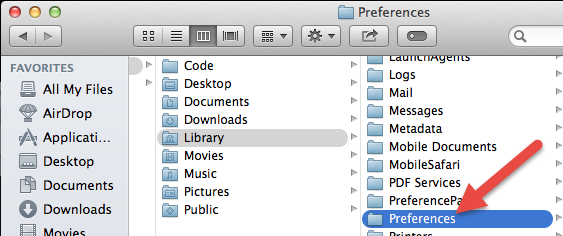
Inside the User Library inside your Home folder:
- ~/Library
- ~/Library/Application Support
- ~/Library/LaunchAgents
- ~/Library/LaunchDaemons
- ~/Library/PreferencePanes
- ~/Library/StartupItems
2. Find your targets and drag them to the Trash. You are looking to remove files/folders that contain the name of Little Snitch or the publisher Objective Development. Although most software does not use StartupItems, Preference Panes or LaunchAgents, it is not bad to check in case of anything useless left behind.
3. Empty the Trash. If you receive a message saying an item is “in use and cannot be deleted”, restart your Mac and try again to complete this part. But to completely remove Little Snitch, you are not done just yet. Let’s dig a little deeper.
Part Three: Extensions and Hidden Files
Some vestiges of old application still remain after you delete everything from the Applications and Library folders. They are actually the Extensions and Hidden Files, and you need to deal with them to fully remove Little Snitch. Programs of this kind often install one or more these files. If you have no idea where to start, it is highly recommended to do a Google search about the components of the application. (What You Must Note: kernel extensions are crucial to correct operation of Mac OS X, so do not move or delete any items that are not supposed to be that way.)
1. Find the kernal extensions. They are located in /System/LibraryExtensions and end with the extension .kext. Again you are looking to delete those with the name of Little Snitch or the publisher Objective Development.
2. Move them to the Desktop first to make a copy, then drag the original to the Trash, but don’t empty the Trash yet. Restart your Mac and see if there is anything abnormal. Even if something goes wrong, you still have the copy to restore the items.
3. Find the hidden files. Their names start with a period (.), and they can’t be seen in the Finder by default for authentication purposes. That means you need to use Application/Utilities/Terminal to make them visible.
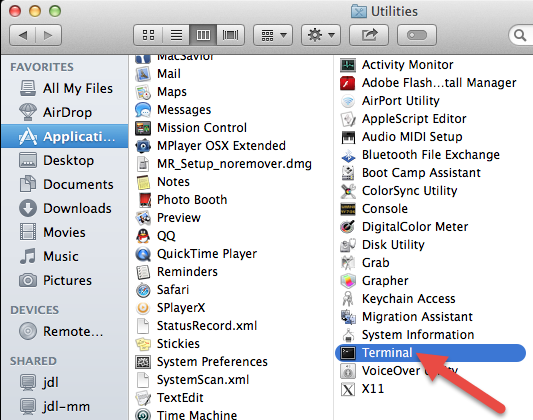

4. Delete your targets. For correct operation, Google search is also recommended if you are confused about the selection.
5. Empty the Trash. Then the removal should be finished.
Any Better Way to Remove Little Snitch?
Right here:
1. Get MacRemover and run it.
2. Select – Run Analysis. In the list of installed applications, select Little Snitch as target, and hit “Run Analysis”.
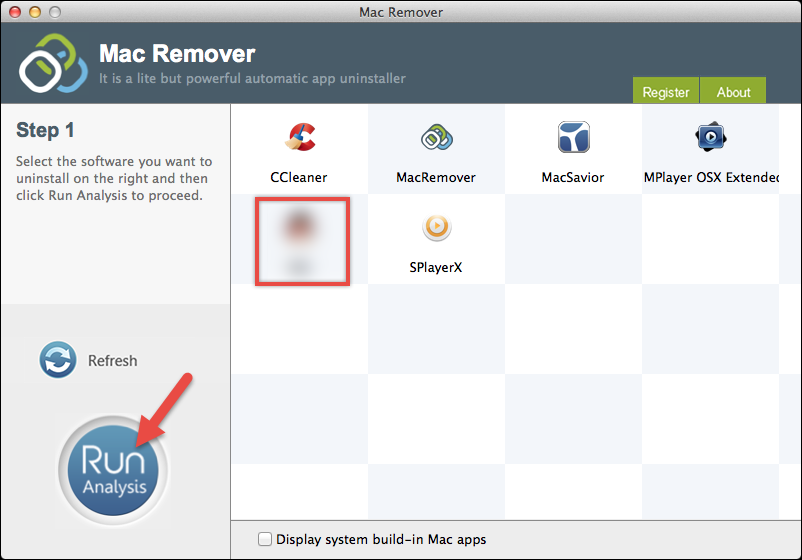
3. Complete Uninstall. It displays the files to be removed with their names, sizes and locations behind. Click on “Complete Uninstall” to proceed with the removal. If you are prompted with the confirmation, click on “Yes” to easily remove Little Snitch.
When the job is done, it tells “Congratulations! Little Snitch has been successfully removed…” By the time you can click “Back to Interface”, returning to the list of installed application and check whether the application has gone. Your comments are also welcome if you have anything to say about how to better remove Little Snitch.
Reading the instruction could help you understand some basic operation on Mac. It is always your choice whether to spend time on learning and which method to take. Anyway, hopefully we have served what you need ; )
